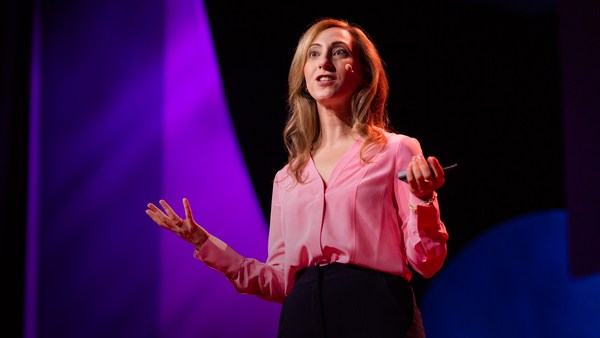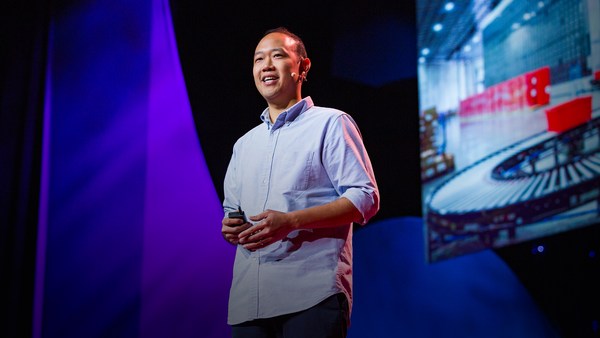The basic problem with working in an office is you're just not in control of your work environment.
[The Way We Work]
Howdy, my name is Matt, and I'm the CEO of Automattic, the company behind WordPress.com, Jetpack and WooCommerce. We're coming up on over 800 employees, and they live everywhere, from California to Alabama, Mississippi, to where I live in Texas. They're also in 67 countries. Canada, Mexico, India, New Zealand. Some of them choose not even to have a home base, they're nomads. Whether they are in RVs or traveling through Airbnbs, they are in new places every day, week or month. As long as they can find good Wi-Fi, we don't care where they are.
Our focus on distributed work didn't happen accidentally. It was a conscious choice from the very beginning. Notice I don't use the word "remote," because it sets up the expectation, that some people are essential and some aren't. I use the word "distributed" to describe what we do, where everyone is on an equal playing field.
I think a distributed workforce is the most effective way to build a company. The key is you have to approach it consciously. When we started WordPress, many of the first 20 hires were people I'd never met in person. But we'd collaborated online, sometimes for years. I wanted to continue that for one simple reason. I believe that talent and intelligence are equally distributed throughout the world. But opportunity is not.
In Silicon Valley, the big tech companies fish from essentially the same small pond or bay. A distributed company can fish from the entire ocean. Instead of hiring someone who grew up in Japan but lives in California, you can gain someone who lives, works, wakes up and goes to sleep wherever they are in the world. They bring a different understanding of that culture and a different lived experience.
At the base of the decision to go distributed, there's a desire to give people autonomy over how they do their work. Unless you're in a role where specific hours are important, you can make your own schedule. Everyone can have a corner office, their windows, the food they want to eat, you can choose when there's music and when there's silence. You can choose what temperature the room should be. You can save the time you'd spend commuting and put it into things that are important to you.
A distributed workforce is ideal for a technology company. But people often ask me, "This works great for y'all, but what about everyone else?" If you have an office, you can do a few things to build distributed capability.
First: document everything. In an office, it's easy to make decisions in the moment, in the kitchen, in the hall. But if people work remotely and some members of the team are having those conversations they don't have access to, they'll see these decisions being made without understanding the why. Always leave a trail of where you were and what you were thinking about. This allows others to pick up where you left off. It allows people in different time zones to interact, it's also great to think about as an organization evolves, people leaving and people joining.
Try to have as much communication as possible online. When everything's shared and public, it allows new people to catch up quickly. You also need to find the right tools. There are so many apps and services that help with day-to-day communication, video conferencing, project management. The things that changed how you work probably aren't objects anymore. They're things you access through your computer. So experiment with different tools that enable collaboration, see what works.
Create productive, face-to-face time. In a traditional office, you're in the same place 48 weeks out of the year and you might have three or four weeks apart. We try to flip that: we come together for short, intense bursts. Once a year we do a grand meet-up where the entire company comes together for a week. It's half-work, half-play. The primary goal is connecting people. We want to make sure everyone's aligned and on the same page, and they have a deeper connection with their colleagues. When they work together the rest of the year, they can bring together that understanding and empathy.
And the final practice: give people the flexibility to make their own work environment. Every person at Automattic has a co-working stipend that they can put towards a co-working space or just to buy coffee, so they don't get kicked out of the coffee shop. One group in Seattle decided to pool their stipends together and rented a workspace on a fishing pier. Each person who joins the company gets a home-office stipend. This is money they can invest in getting the right chair, monitor, the right desk setup, so they can have the most productive environment for them.
Today, there are just a few companies that are distributed first. In a decade or two, I predict that 90 percent of companies that are going to be changing the course of the world are going to function this way. They will evolve to be distributed first, or they'll be replaced by those that are.
As you think about what you're going to build next, consider how you can tap into global talent, give people autonomy to live and work where they feel they should and still participate fully in whatever it is that you're creating together.





